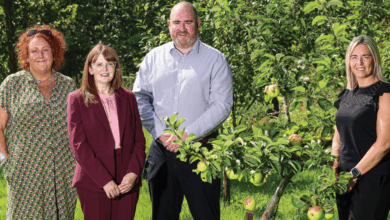Tower block renovation plans
 Social Development Minister Nelson McCausland has announced plans for a maintenance and investment strategy for the Housing Executive’s 32 multi-storey tower blocks.
Social Development Minister Nelson McCausland has announced plans for a maintenance and investment strategy for the Housing Executive’s 32 multi-storey tower blocks.
McCausland commented that a “specific strategic approach,” which could benefit nearly 1,900 households, is needed to deal with the particular types of maintenance problems in the tower blocks.
A strategic review of the multi-storey blocks was last carried out in 1999 and 2000. The Minister has stated that it is “now imperative that the Housing Executive reviews and identifies the necessary work required”.
The Housing Executive’s Chairman, Donald Hoodless, has said that ways of improving heating in the buildings will be examined.
The organisation intends to work with tenants to ensure “that all these properties are secure, more comfortable and easier to keep warm.”
The Minister has asked his officials, who are currently undertaking a sample stock condition survey, to prioritise tower blocks and the Housing Executive aims to finalise the strategy by October.





